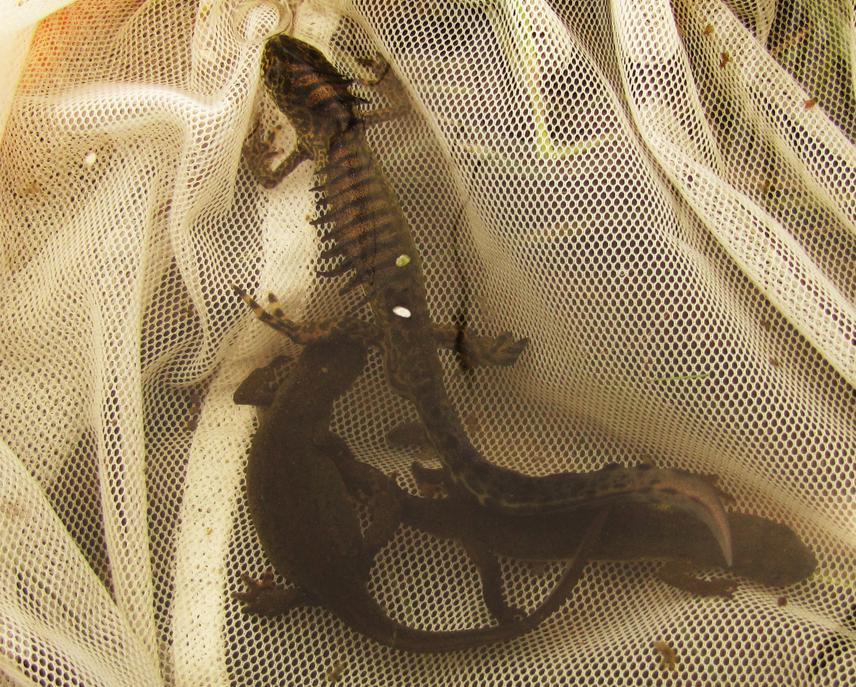Ilona Stepanyan
Other projects
16 Jun 2016
Elaboration of In-Situ and Ex-Situ Conservation Measures for Two Red-Listed Species of Armenian Amphibians (Ommatotriton ophryticus and Pelobates syriacus)
The project is aimed to:
1) clarification of current distribution, abundance, ecology and conservation status of Armenian amphibians;
2) elaboration and implementation of public awareness rising program on amphibians’ conservation in local communities.

Armenia is a small mountainous country with incredibly high level of diversity of flora and fauna. Amphibians’ fauna of the country are representing by 7 species, from which 2 species (Ommatotriton ophryticus and Pelobates syriacus) are listed in the Red Book of Armenia and they all are listed in IUCN Red List. Nevertheless, during last decades assessment of the status of all Armenian amphibians’ populations, their monitoring, details of current distribution, ecology and conservation status were implemented fragmentarily. No exact data on distribution, abundance and ecology data are available for three species (Ommatotriton ophryticus, Pelobates syriacus and Hyla orientalis). Analysis of amphibians status will lead to change of their categorization and, probably, to inclusion of some species into next edition of Armenian Red Book. Moreover, the Armenian amphibian’s fauna is under hard anthropogenic pressure because of the high density of human population, developed industry and agriculture.
Majority of amphibians’ species inhabits endangered habitats and living conditions of some populations are going to worse. Thus, it is quit necessary to collect and generalize data on current distribution, assessment of abundance, ecology and state of amphibians species, in particular Red Book species which can serve as a scientific background for further monitoring and protection of Armenian amphibians fauna including further actualization of the country’s Red Book, and elaborating of draft recommendations for conservation of Armenian fauna of Amphibia.
The implementation of project program will encompass following activities:
1) analysis of literature data and look through collection materials;
2) collection of folk information;
3) estimate census of amphibians populations, with general overlook of them using traditional methodology;
4) create a list and map of amphibians for each region with assessment of conservation status and threats;
5) insertion of data obtained into database;
6) identification of the sites most important for conservation.
Special activities will be promoted for elaboration and implementation of awareness raising program. It will include special training on public awareness skills with students involved into the project; arrangement of meetings, lectures, consultations with local authorities and peoples including children; publication of information materials (informational flyers, posters, calendars) and preparation of different didactic materials, elucidating importance of conservation of amphibians; meetings with local communities’ authorities and members in the villages situated near habitats of endangered species with explanation of importance and benefits of amphibians, clarification of current legislation on rare species conservation.